The Differences Between UV Printers and DTF Printers
- angel5933
- Jun 9, 2023
- 2 min read
1. Printing Principle
UV printers utilize ultraviolet (UV) light to cure and dry ink during the printing process. This allows the UV printers to print high-quality images on a variety of materials, including metal, plastic, glass, and ceramic. However, UV printers are not as suitable for printing on textiles, as the ink may not adhere well to fabric surfaces.
DTF (Direct to Film) printers, on the other hand, are designed specifically for printing on textiles. They use a special film and adhesive powder to print designs, which are then heat pressed onto the fabric. This results in high-quality prints that are both durable and flexible.
2. Printing Quality
UV printers are known for their high precision and clear images, making them ideal for printing on rigid and non-textile materials. The UV curing process also ensures that the printed images are scratch-resistant and waterproof.
DTF printers, however, excel in printing on textiles. The heat pressing process ensures that the ink is well absorbed into the fabric, resulting in vibrant colors and excellent wash-fastness.
3. Cost
UV printers tend to be more expensive, both in terms of equipment cost and running costs. The UV inks are relatively more expensive, and the energy consumption for the UV curing process can be high.
DTF printers, on the other hand, are more cost-effective. The price of DTF inks is more reasonable, and the printing process requires fewer materials, making it more cost-efficient.
4. Equipment Maintenance
UV printers require more frequent maintenance, as the UV light source and printheads are prone to malfunction. Additionally, UV inks are more likely to dry and clog the printheads, requiring regular cleaning to maintain optimal print quality.
DTF printer maintenance is comparatively simpler, with more durable printheads. However, users still need to clean the printheads and the interior of the printer regularly to ensure the smooth operation of the equipment.
5. Production Efficiency and Applicability
UV printers offer high production efficiency, allowing for the printing of multiple materials in one go. However, they are best suited for non-textile materials, and their print quality on textiles may be subpar.
DTF printers have lower production efficiency due to the required heat pressing process. However, they are suitable for various textile materials, especially excelling in garment printing.
Market Data of DTF Printers (for reference):
1. Market Size:
2020: $10 billion
2021: $12 billion
2022: $14.5 billion
2. Market Growth Rate:
2020: 6%
2021: 8%
2022: 10%
UV and DTF printers each have their unique features, making them suitable for different digital printing applications. UV printers are ideal for non-textile materials, offering high precision, high-definition print quality, and higher production efficiency but at a higher equipment and operational cost. DTF printers are suitable for textile printing, boasting excellent print quality and lower equipment and operating costs, but with lower production efficiency. When choosing the right printer, it is essential to consider your specific needs and application areas.


Comments